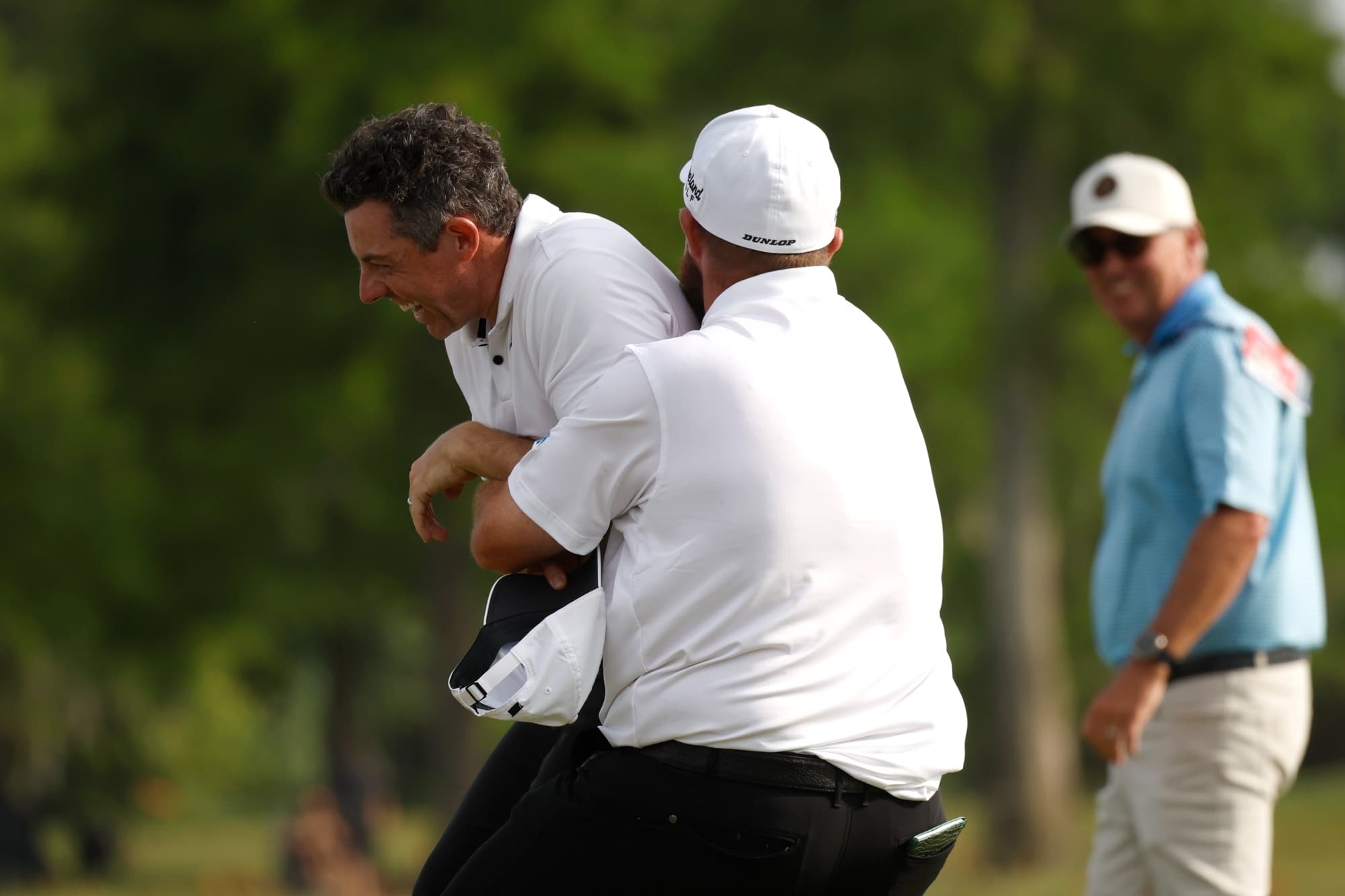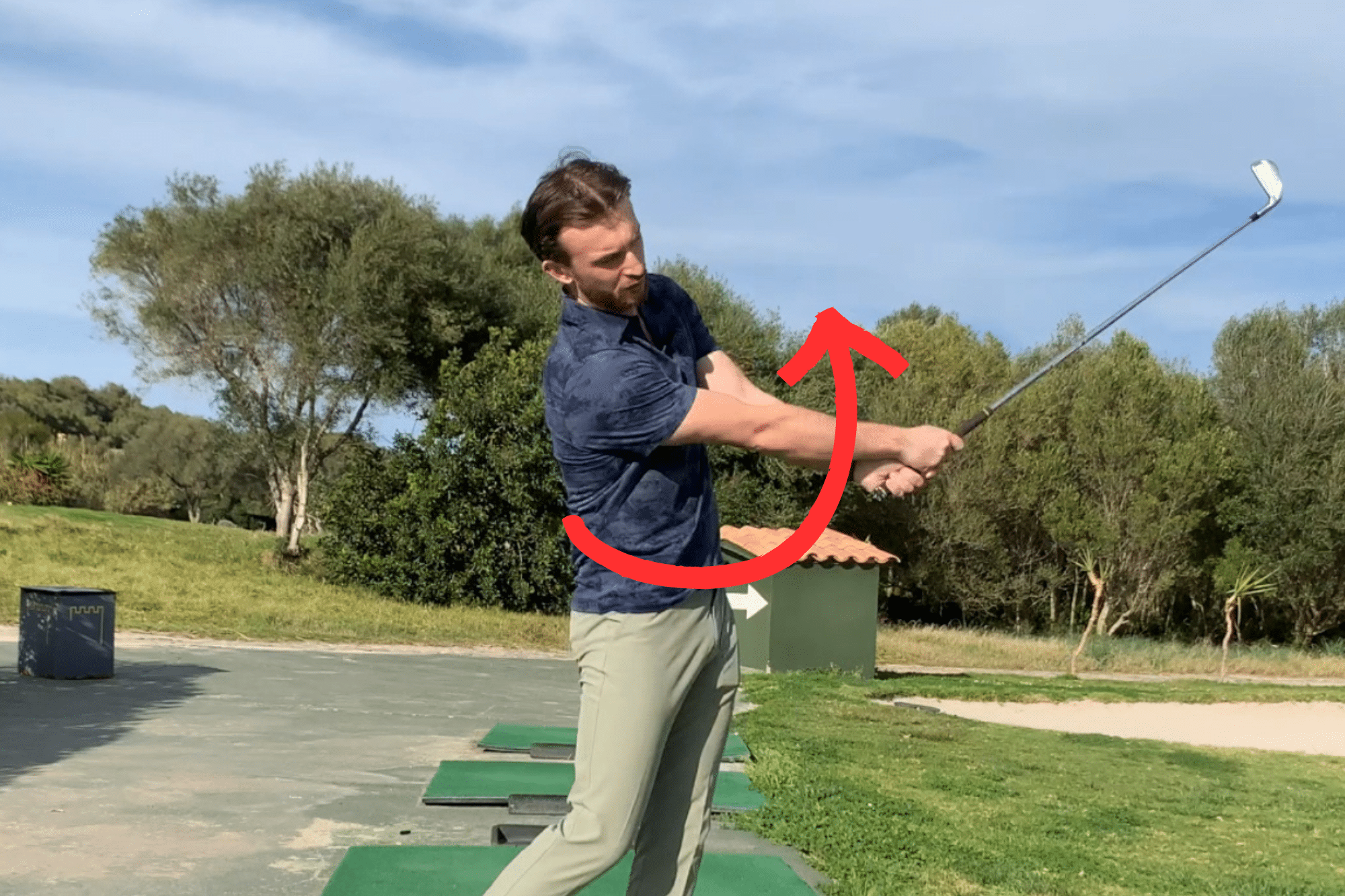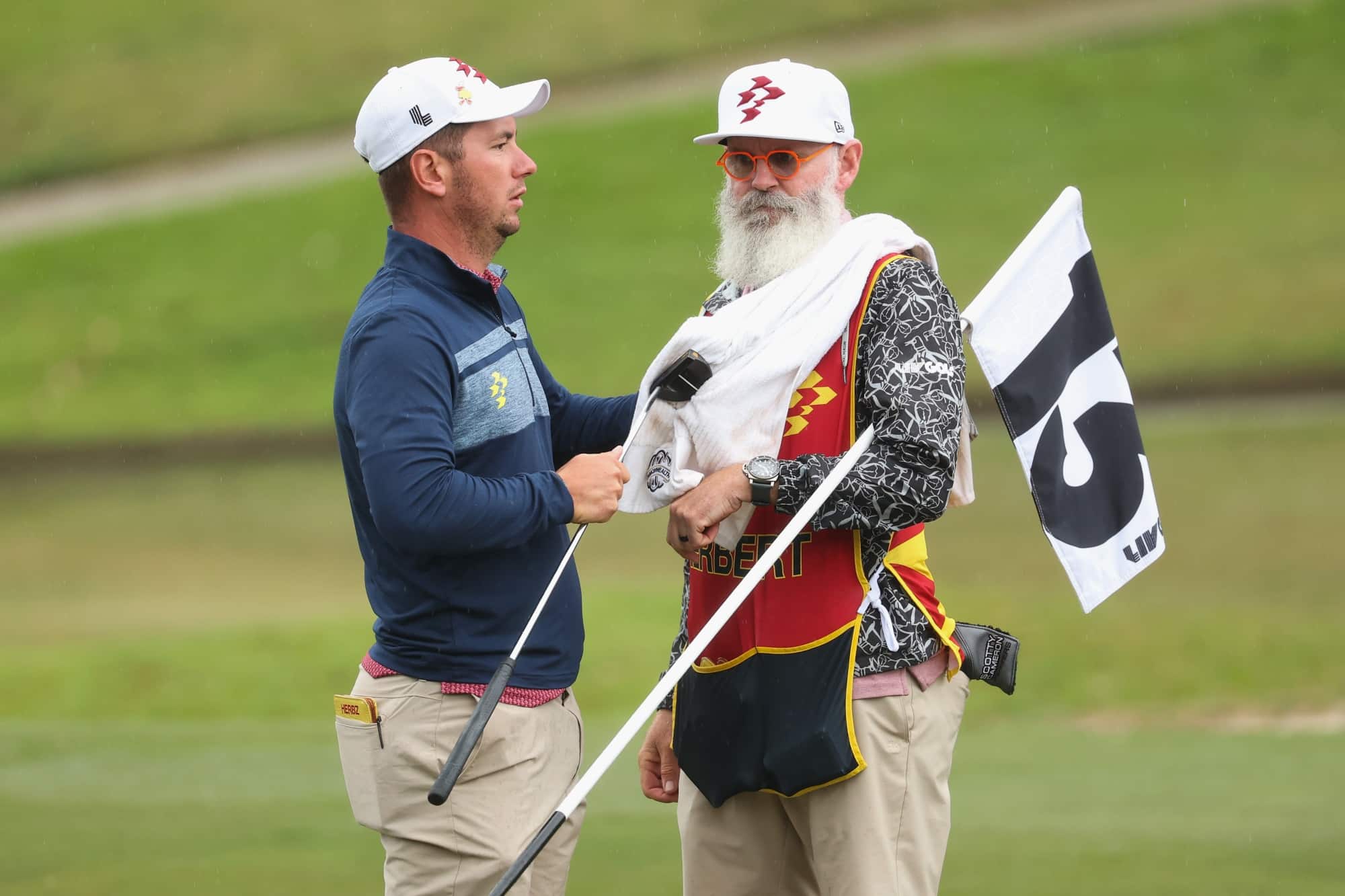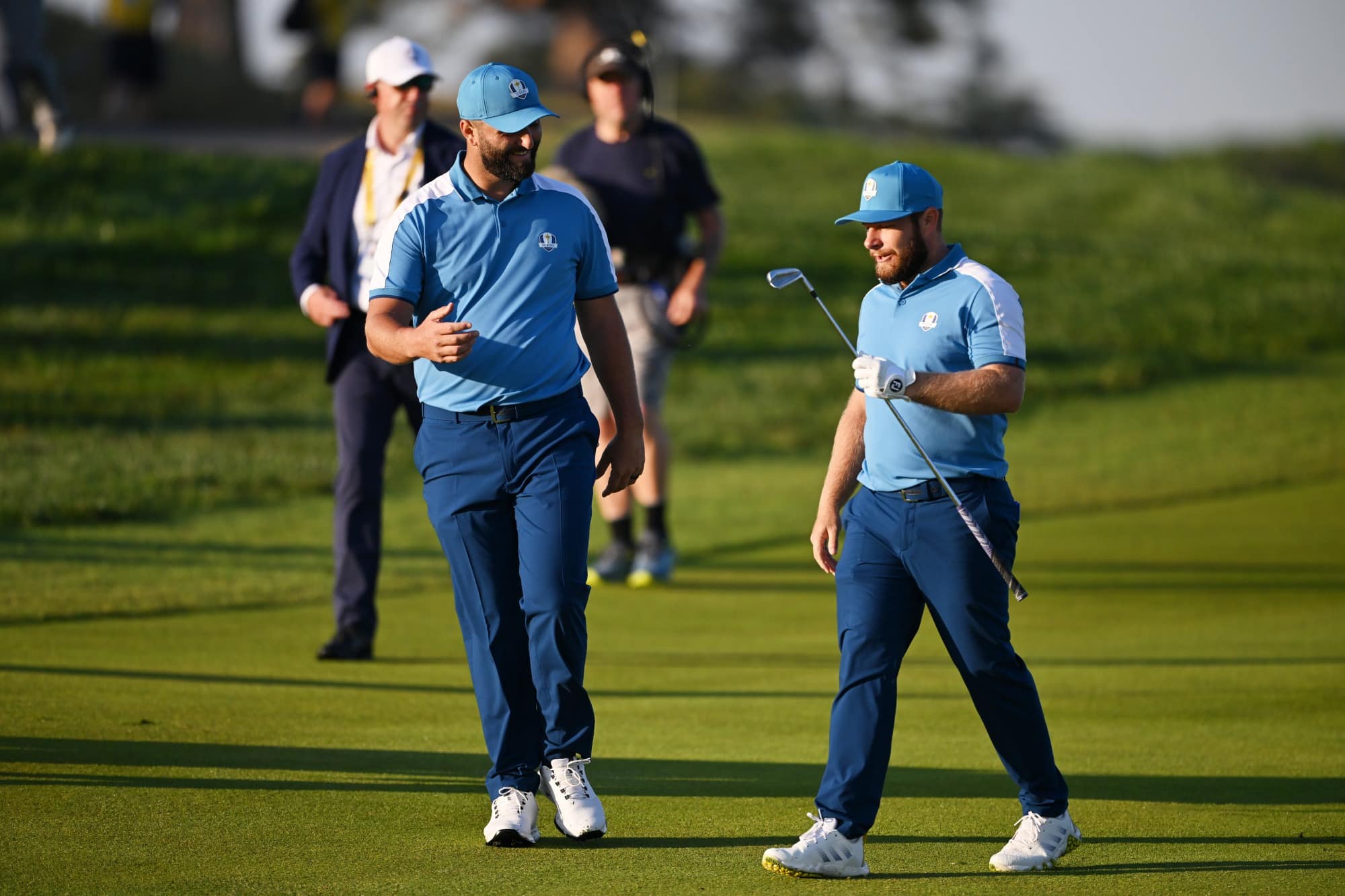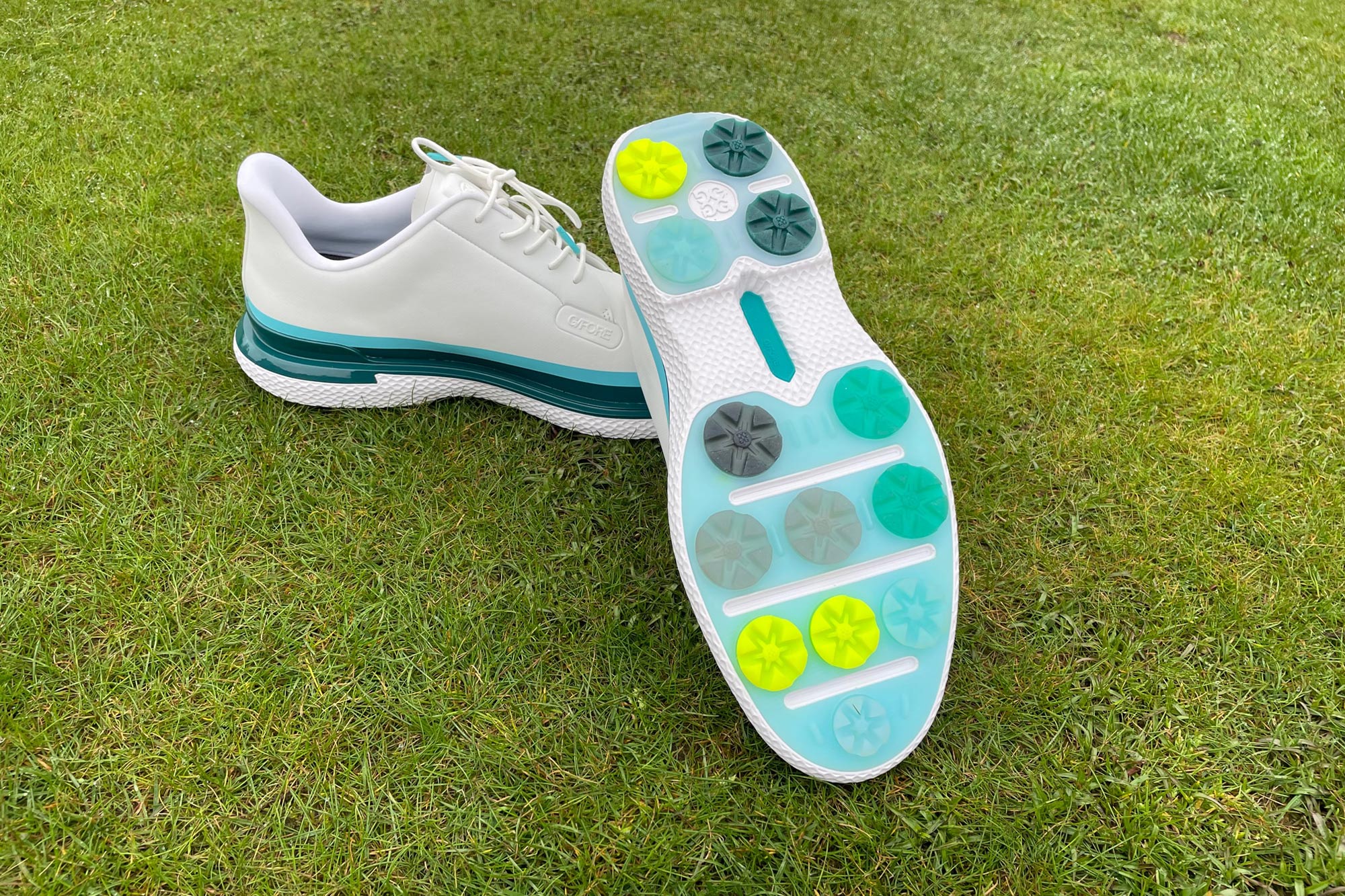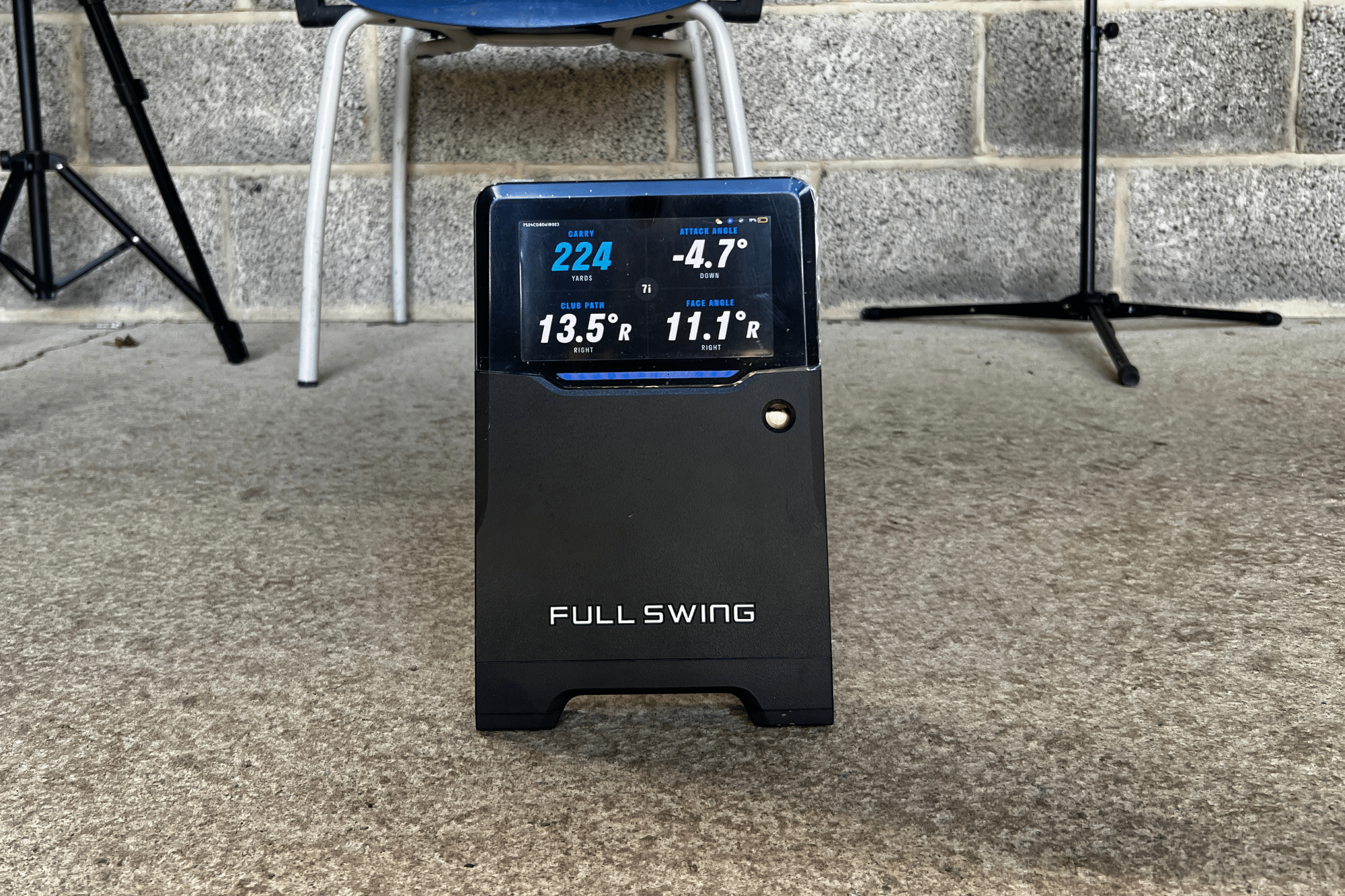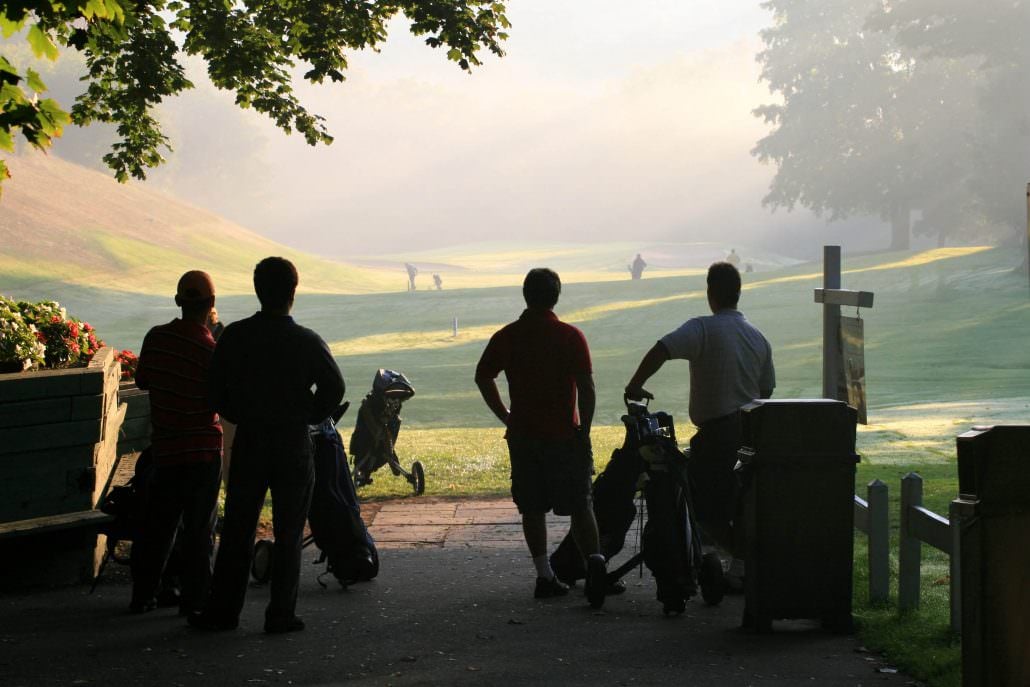
Slow play? Have a word with the ‘Superman golfers’
The drive had gone 207 yards. I knew this because in a rising fit of frustration I’d lasered the golfer standing in the middle of the fairway.
By my imperfect maths, that left him (it’s always a him) around 233 to the green, into a decent head wind, and there he was, 3-wood in hand, waiting for the putting surface to clear.
I was back on the tee, watching the traffic jam start to form as a threeball to my left rapidly arrived at the green we’d so recently vacated.
I could feel my rhythm starting to unravel. Along with my temper.
What did he have in front of him? A shot he’d pull off one time in 100? He could hit an iron, chip on and take no worse than five but, no, golf’s a heroic game and he wanted to be Superman.
Given he had more into this long par 4 than his drive had travelled, what do you think the result was when – about five minutes later – he finally got round to hitting his shot?
Let’s look at the possible scenarios…
- It came right out of the middle of the bat, soaring into the sky before gently coming to rest 20 feet from the cup
- The 3-wood stabbed into the turf, about a foot behind the ball, and it bobbed away no more than 100 yards
- He didn’t have to look ahead on impact. He needed to pivot 90 degrees right as it flailed into some heavy cabbage
If you went for 2, award yourself a gold star. I’ll give you merit points for No. 3. If you thought the first option was how this horror show turned out, go back to the start and give your head a shake this time.
This kind of stupidity is the hidden crime of slow play.
We talk about provisionals, rough, and starting times but hardly ever about the player that’s trying to strike a Category 1 shot with a Category 3 handicap.
If we just forced them to take an iron we could immediately shave 10 minutes off round times. We could all but cure slow play in one fell swoop.
Think of the benefits. No more endless waiting around on par 5s, no more listening to “If I hit one, I’ll get there.”
From now on, it’s a 7-iron for you. Get on with it.
Steve Carroll

A journalist for 25 years, Steve has been immersed in club golf for almost as long. A former club captain, he has passed the Level 3 Rules of Golf exam with distinction having attended the R&A's prestigious Tournament Administrators and Referees Seminar.
Steve has officiated at a host of high-profile tournaments, including Open Regional Qualifying, PGA Fourball Championship, English Men's Senior Amateur, and the North of England Amateur Championship. In 2023, he made his international debut as part of the team that refereed England vs Switzerland U16 girls.
A part of NCG's Top 100s panel, Steve has a particular love of links golf and is frantically trying to restore his single-figure handicap. He currently floats at around 11.
Steve plays at Close House, in Newcastle, and York GC, where he is a member of the club's matches and competitions committee and referees the annual 36-hole scratch York Rose Bowl.
Having studied history at Newcastle University, he became a journalist having passed his NTCJ exams at Darlington College of Technology.
What's in Steve's bag: TaylorMade Stealth 2 driver, 3-wood, and hybrids; TaylorMade Stealth 2 irons; TaylorMade Hi-Toe, Ping ChipR, Sik Putter.



